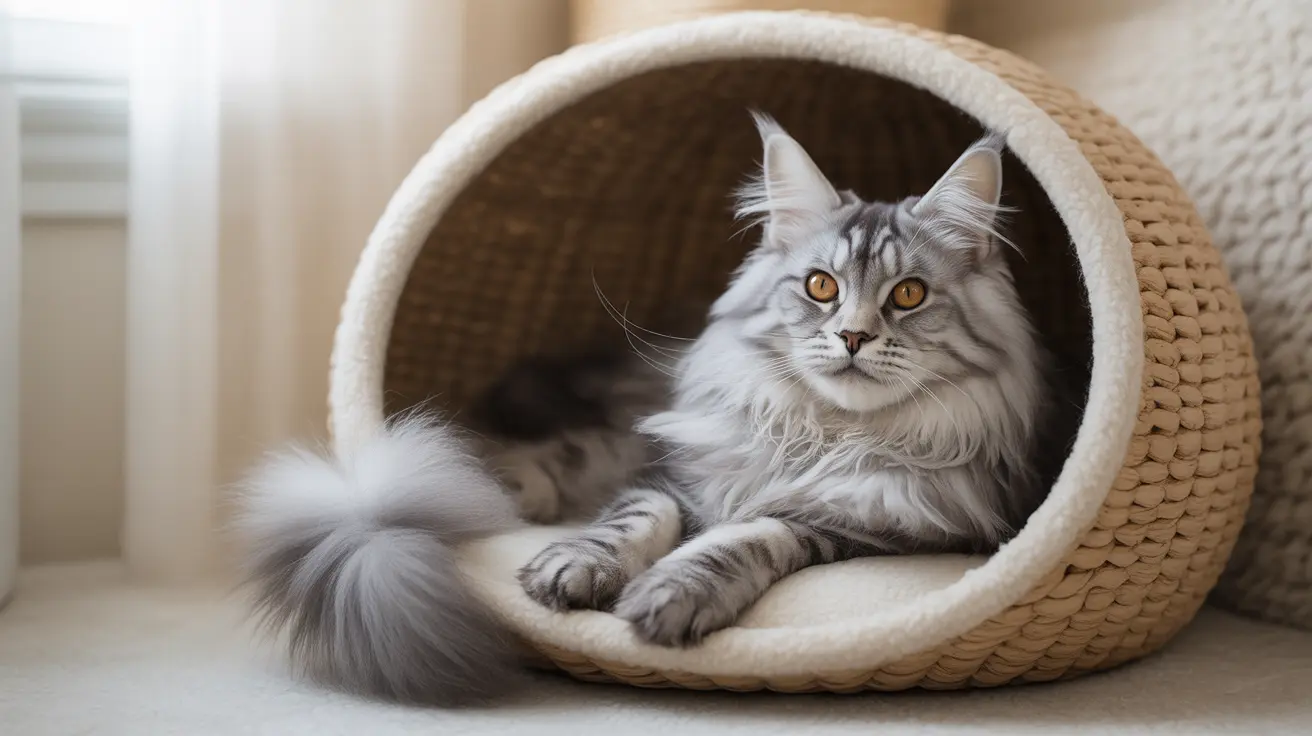Understanding Sudden Aggression in Cats: A Guide for Pet Owners
Seeing your beloved cat suddenly become aggressive can be alarming and confusing. For many cat owners, this shift in behavior appears abrupt and inexplicable. However, feline aggression is a common behavioral concern and often has identifiable causes. Recognizing the signs, understanding the types of aggression, and taking appropriate action can help resolve the issue and restore harmony in your household.
Common Reasons for Sudden Aggression
- Medical Issues: Conditions like arthritis, dental disease, hyperthyroidism, or neurological disorders such as epilepsy may lead to pain-induced or irritable aggression. A cat in pain may lash out when touched or handled.
- Fearful or Defensive Behavior: When a cat feels trapped or scared and sees no escape, it may react defensively. This often includes hissing, swatting, crouching, and dilated pupils.
- Territorial Instincts: Cats are territorial animals. Changes in the environment, such as a new pet or unfamiliar visitor, can trigger aggressive responses.
- Redirected Aggression: If your cat sees another animal outside but can’t access it, the frustration may be redirected toward a nearby person or pet.
- Petting-Induced Aggression: Some cats can tolerate only a limited amount of petting before it becomes irritating, causing them to bite or swat unexpectedly.
- Play Aggression: Particularly common in kittens and young cats, rough play without appropriate outlets can evolve into unsafe behaviors like biting or scratching.
- Cognitive Dysfunction: Just like humans, older cats can develop cognitive issues, which may alter their behavior and tolerance levels.
Recognizing Aggressive Body Language
- Offensive Postures: A stiff upright stance, arched back, tail down and stiff, ears upright and forward, constricted pupils, and direct stare often signal offensive aggression.
- Defensive Postures: Crouched body, tail tucked, head down, wide eyes with dilated pupils, flattened ears, hackles up, and swatting or hissing indicate fear-based aggression.
Types of Feline Aggression Toward Humans
- Pain-Induced or Irritable Aggression: Often rooted in underlying health issues. Sudden changes should prompt a vet visit.
- Redirected Aggression: When triggered by something else (e.g., another cat outside), your cat may turn on you out of frustration.
- Fear-Based Aggression: A previously calm cat may become defensive if it encounters a new stressor in its environment.
- Petting-Induced Aggression: Repetitive stroking can overstimulate some cats, causing them to react abruptly.
- Maternal Aggression: New mother cats may instinctively become aggressive to protect their young.
- Idiopathic Aggression: In rare cases, no clear cause is identified, and the aggression may be dangerous and require professional management.
Medical Conditions That Could Cause Aggression
- Toxoplasmosis
- Rabies
- Hyperthyroidism
- Dental disease
- Arthritis
- Neurological disorders such as epilepsy
- Traumatic injuries
- Age-related cognitive decline
How to Manage and Treat Aggressive Behavior
- Avoid Physical Punishment: This often worsens the issue, increasing your cat’s fear and aggression.
- Seek Veterinary Help: A thorough health exam helps rule out or address medical causes.
- Behavioral Intervention: A certified animal behaviorist can design a plan using desensitization and positive reinforcement.
- Environmental Enrichment: Providing toys, climbing spaces, and interactive play sessions helps reduce aggression, especially for energetic cats.
- Separate Trigger Situations: Identify and avoid agitation triggers such as outdoor animals or stressful visitors.
- Use of Medication: In severe or idiopathic cases, veterinarians may prescribe medication to manage behavior.
- Read Body Language: Understanding early warning signs like tail twitching, growling, changing posture, and dilated pupils allows preemptive intervention.
Breed Considerations
- More Prone to Aggression: Abyssinian and Siamese cats.
- Generally Milder Temperaments: Ragdolls and Maine Coons tend to be more laid-back.
Conclusion
Sudden aggression in cats is often a symptom of underlying issues—ranging from health-related pain to environmental stress or behavioral miscommunication. By closely observing your cat, identifying triggers, and seeking timely veterinary or professional advice, you can help your feline companion return to a peaceful and affectionate demeanor.





